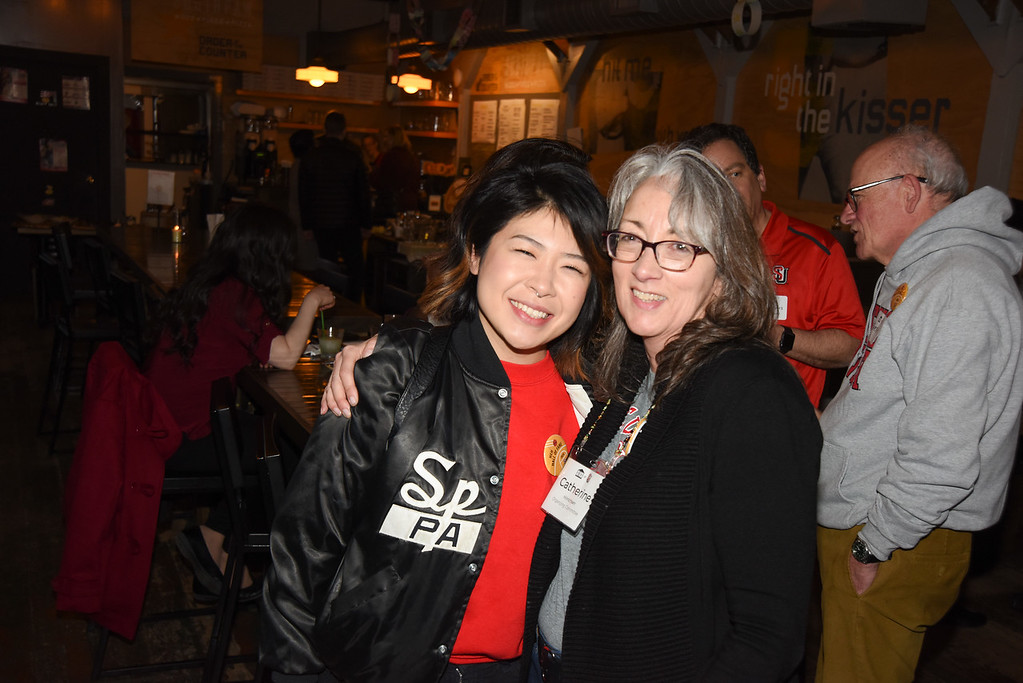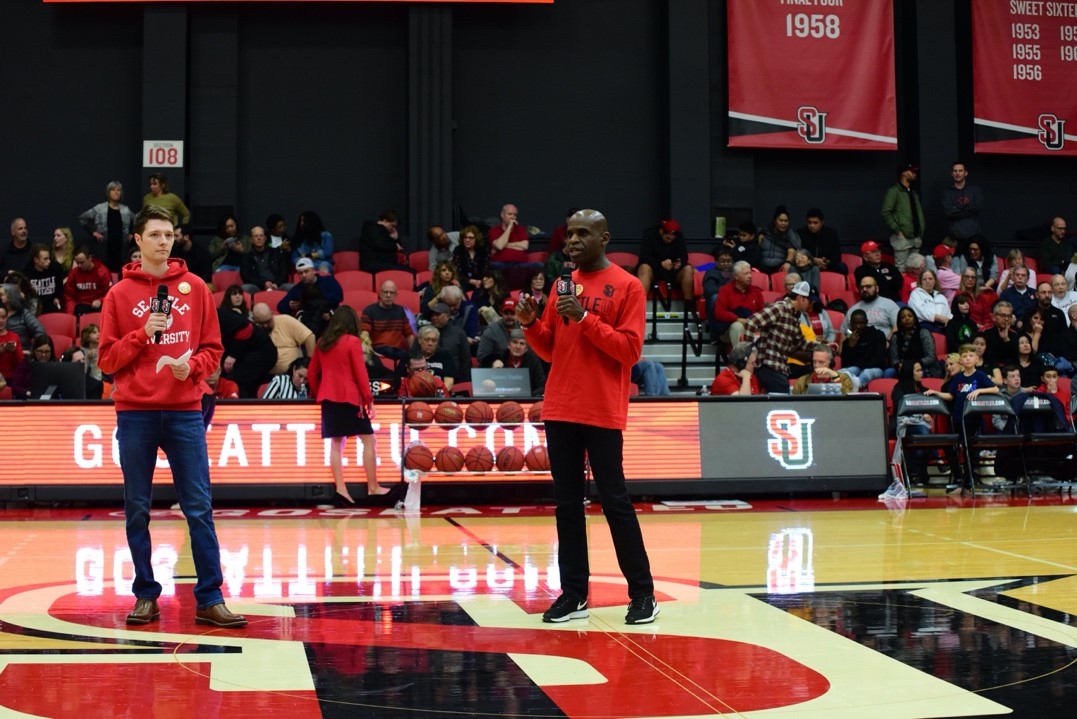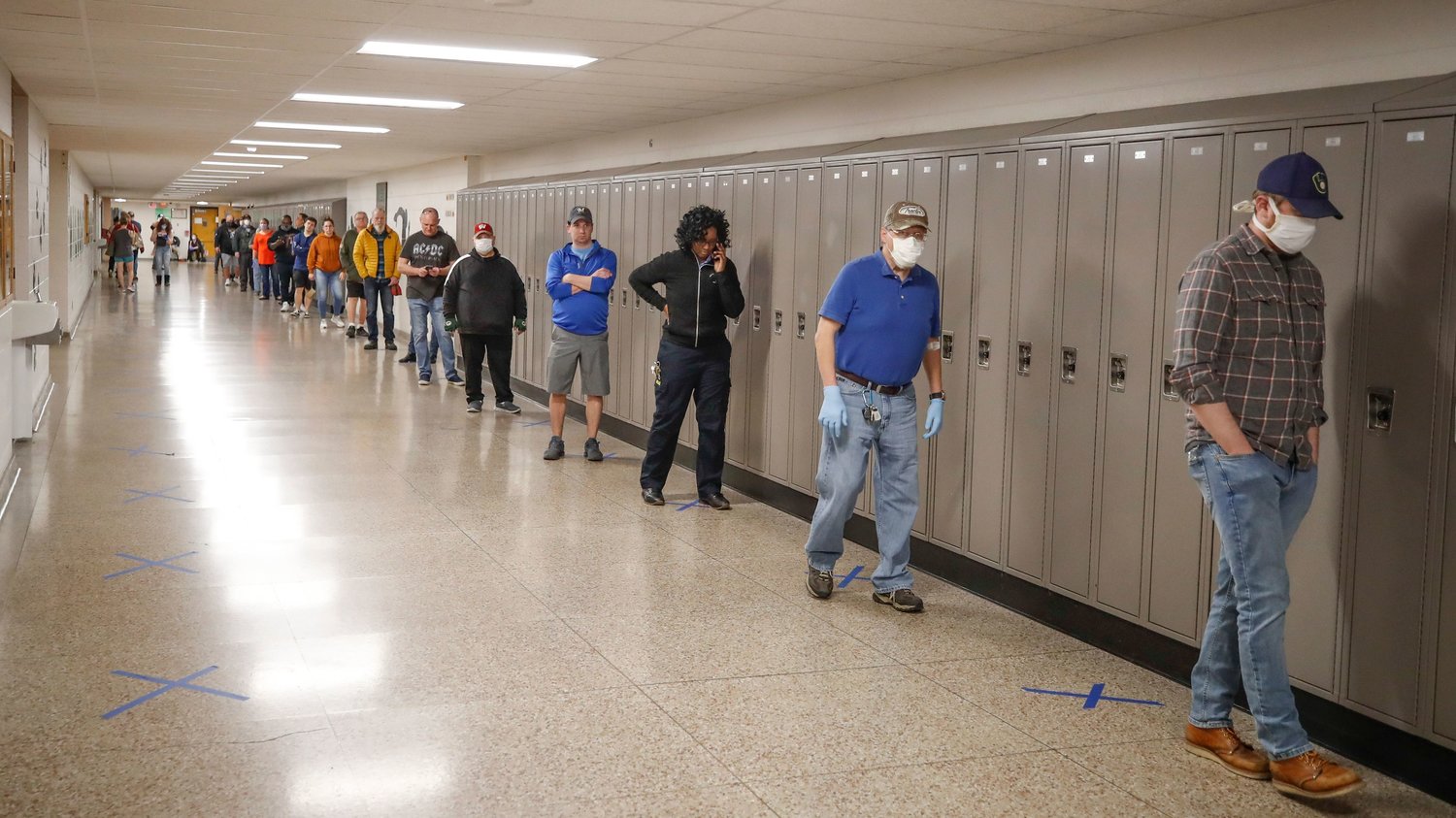
After more than 10 years of working with students, our project must say goodbye to our final team of project assistants, Anneke Karreman and Mary Lacey. Mary graduated from Seattle University in March 2020 and continued with us as a temporary employee; Anneke, who started working with us two years ago as a rising junior, graduated in June and has been freelancing. We never want to say goodbye to our students; knowing this is the last team is bittersweet, but what a tremendous year of accomplishments it’s been. This, in spite of our team working together from a very long distance as of March. In their words, we share their favorite work on behalf of our partners, and reflect on what they learned.
We always ask our student assistants to reflect on what made them proud. Not surprisingly, both Anneke and Mary chose the same activity as their proudest accomplishment as a team member.
What is your proudest accomplishment (personally)? How about as a team member?
Mary: As a team member, my proudest moment was Housing and Homelessness Advocacy Day (HHAD) 2020, hosted by Washington Low Income Housing Alliance, and our Housing Postcard Mosaic. It was rewarding to see our effort to represent Seattle University and ourselves at the state capitol to directly impact legislation. We were able to create a mosaic postcard project to visualize ending homelessness by building affordable housing. We illustrated individual efforts coming together as one to solve homelessness. Through our project, we were able to bring the voices of the Seattle University community to legislators and gather voices at HHAD to impact housing policies within our state. Anneke and I further describe our experience in a blog post that goes into depth about HHAD 2020.

Anneke: As a Project Assistant, my proudest accomplishment this year was the Postcard Mosaic we brought to the Capitol for Housing and Homelessness Advocacy Day (HHAD) in early February. Working for the Project for almost two years now, I am privileged to have gone to two HHAD rallies and have created two installations. What made this one special, besides attending with my wonderful co-workers and vocal supporters, was the feeling of community and unity that the display created. Not only did we gain support from Seattle University, we also set up a table beside the display in Olympia so that people at the rally could voice their support in written form. Some of the lawmakers did not show up to meet with HHAD attendees during their scheduled times; I like to think that by providing an option of written support, the HHAD advocates who wrote and signed postcards were able to have a lasting impact on representatives’ perspectives of the needs of people experiencing homelessness and housing instability.
Here are a couple pictures of the HHAD Mosaic and action in Olympia!



Shifting to a different state…When campus closed in mid-March due to the pandemic, Mary — who had just graduated days before — flew home to Wisconsin. There she pondered whether to vote in person for the April primary.
Mary: The proudest moment I felt personally was writing about my experience voting in Wisconsin during the pandemic. At first, I was nervous to write about my experience, but to see the positive messages from my family and friends was assuring that my story came across well. I felt that I brought a unique perspective to the project by sharing my experience in Wisconsin and my family’s influence on my passion for civic engagement.

What did you most enjoy working on, if different from above?
Mary: I really enjoyed working on the 2019 Seattle City Council Housing and Homelessness Voters Guide alongside Tech 4 Housing and Resolution to End Homelessness. I got the opportunity to reach out to candidates from each of the seven districts to learn about their proposed solutions to addressing homelessness. Additionally, I became more interested in local politics and the role of city council in passing legislation and allocating resources that affect housing issues in our city. Although I do not vote in King County, because of my involvement in this project I became a better-informed Seattle resident by learning about city council candidates and elections.

What skills have you developed/enhanced?
Mary: One of the greatest skills I enhanced at the project was my communication skills. Being able to work with Catherine and other communications professionals increased my writing, social media, and oral presentation skills. Another skill I improved was my creativity in event planning and outreach efforts while working on the project. I learned how to effectively engage an audience in advocacy work which will help me in future career positions in public service.

Anneke: What I feel like I most developed this year was confidence in my work and in my decision-making. I am often the person to be most critical of my work. With the support my peers, colleagues, and partner organizations we’ve worked with, I’ve started to open up to the compliments and take them to heart (without reminiscing about what I should change after a project is over!). I also think my communications skills have improved over the last year by working with our partner organizations and creating specific pieces for them.

What have you learned about family homelessness? How have your views changed?
Mary: Although I learned a lot about family homelessness as a project assistant, I continue to learn about the causes, effects, and struggles of those experiencing homelessness. One of the most important aspects of housing and homelessness is the relation to racial justice. While learning about disproportional data among King County residents and Washington students, I learned that Black and Native people experience higher rates of homelessness and housing insecurity. Additionally, understanding the racist policies and practices within the housing and homelessness sector helped me unlearn notions I had about the non-profit sector, American history, and our government’s role in creating and perpetuating institutional racism. As a project assistant, I understood the importance of having culturally appropriate services beyond building affordable housing to meet the needs of those experiencing homelessness. I realized the importance of having those with lived experience at the head of the solutions to ensure effectiveness and accessibility to essential services and resources. [Mary wrote about unlearning the narrative about racism in housing here.]
Anneke: In light of the racial and systemic inequities and injustice exposed by the death of George Floyd, Breonna Taylor, Ahmaud Arbery, and countless other Black lives cut too short, I am inspired to expand my awareness about homelessness and housing insecurity through many lenses. These include different lived experiences including (but not limited to) race, class, mental health, physical health, accessibility of education, employment, and location. Unfortunately, a combination of these differences can make a person more vulnerable to homelessness. I want to carry this intensified awareness with me so I can be supportive for people in different situations.

How would you measure our impact among your family/friends, campus and the community?
Mary: Over the past ten years, the project has been creating helpful content that educates people on campus and among the greater Seattle community about homeless and housing insecurity. The project is able to educate those who may have not been involved with homelessness previously and facilitates an environment to help others be effective advocates for change. My casual conversations about Seattle’s expensive housing market led to important conversations with friends and family about issues within our housing system. Identifying racist policies, practices, and legislation led to discussions about housing and homelessness advocacy. This led to close friends and family taking action on an individual level to do their part, whether it’s saying hello to a person living on the street, building tiny homes through Facing Homelessness’ Block Project, or voting for a candidate who supports the Housing First model.

Anneke: The Project definitely has had a profound impact on my family and close friends who are often a part of intense conversations on the topic of homelessness and housing insecurity. The knowledge and awareness I have gained during my time as a project assistant will stick with me as a voting citizen and wherever life takes me. I believe that our presence on the SU campus and within the Seattle community has had a positive impact on community engagement with opportunities for people to voice their support of affordable housing and people experiencing homelessness, as well as educate and congregate people around issues like the ones mentioned above.

The project benefited from the fact that Anneke and Mary were already friends before working on this project.
How did your friendship affect what you were able to accomplish as a team?
Mary: Overall, I think our friendship improved our work at the project. We were able to have extensive conversations outside of work about how we can improve the work we do that led us to be able to problem-solve more effectively. We felt very comfortable sharing our thoughts with each other, including constructive criticism when necessary. Overall, I think working together improved our friendship, and I have a deeper appreciation for Anneke as I got to know her as a co-worker.

Anneke: At first, I was slightly worried that our friendship may have a negative impact on our productivity as Project Assistants, but that was proven wrong pretty quickly! Already having an understanding of each other and ability to talk openly about tough topics improved our productivity and we were able to accomplish a lot in a small amount of time! Even though some of our projects were no longer feasible given COVID-19 status [such as their plans for an Affordable Housing Week event on campus in May], I am super proud of what we did as a team and had fun along the way.
What are your goals and next steps professionally? How will you incorporate what you learned on our project into your career?
Mary: Working on the project opened up my understanding of intersectionality and the role housing has on many social issues that I am interested in, including urban planning, transportation, civic engagement, sustainability, youth incarceration, and so many more! Although I am unsure what the next steps are in my career, I will take a critical lens to our systems and institutions to improve the communities we live in.

Mary also used her interest in transportation to work with Anneke on a 15-second promotional video for Stand Down Seattle, displayed in Metro transit centers where bus drivers could see them.
Anneke: Below is a picture of my, Zephyr — how relaxed I wish to be!

I would ideally apply to jobs that are at the intersection of my interests – art & design, social justice, racial equity, climate justice, and/or sustainability. As you can see I have a lot of interests so I feel like there should be something out there! (Fingers crossed). What I have learned during my experience at the Project is highly valuable as I have worked in a nonprofit, collaborated with partner organizations, engaged the community, and worked on a highly collaborative team. I will also take my expanded perspective from learning about homelessness and vulnerable communities to make sure they are equally represented and considered in my work.
Any final thoughts?
Mary: I am very grateful for this opportunity to work with an amazing team who has positively impacted my experience at Seattle University. Thank you to Catherine, Anneke, IPS faculty and staff, friends, and family for the constant support and encouragement that you had for our work and my personal development as a project assistant. I will carry the lessons and knowledge I gained from this experience into my personal and professional life to advocate for housing security for all people.

Anneke: I will definitely miss everyone who I interacted with within the Institute of Public Service. It was such a pleasure and inspiration to be surrounded with people who truly care about the welfare of others and the environment we live in. This passion has become a part of me. Of course I will also miss our tiny but mighty Project team! The wealth of knowledge I have gained from you and experiences I have been privileged to be a part of will stay with me forever! THANK YOU!!!

Coda: After they wrote this post, Anneke and Mary finished two more projects:

- A “COVID Kit” Instagram series for young people, produced mid-August to support Public Health – Seattle and King County.
- A slide show on our project’s history, highlighting some of our favorite projects and remembering some of our best collaborations.
Thank you Anneke and Mary! Your contributions to our partners will last long after our project has ended.








































































